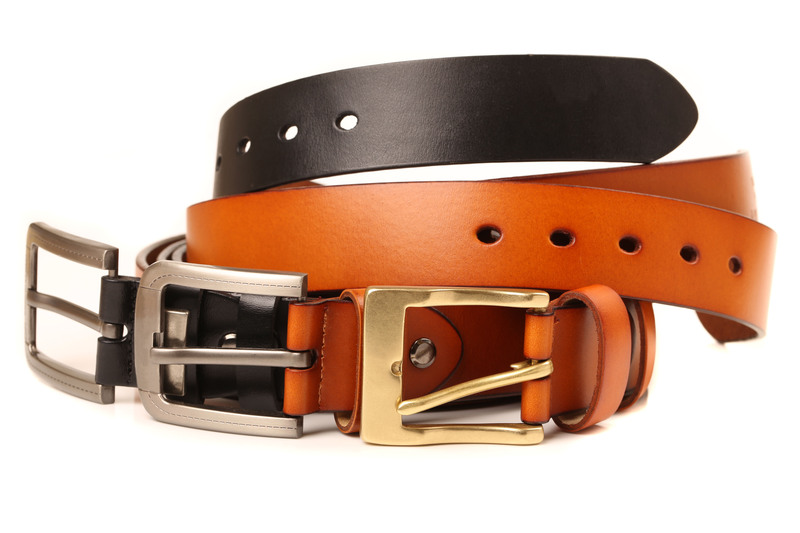Packing Like a Professional: Moving Your Bed and Mattress the Right Way
Moving house can be both exciting and daunting, especially when it comes to organizing big items like your bed and mattress. These pieces are not just heavy and awkward to maneuver, but they are also crucial for a good night's sleep in your new home! Properly packing and moving your bed and mattress can make a world of difference in ensuring they arrive in excellent condition, ready for use. In this comprehensive guide, you will learn tips, strategies, and expert advice on how to move your bed and mattress the right way, ensuring a smooth and efficient transition.
- Why Packing Your Bed and Mattress Correctly Matters
- Gathering the Necessary Packing Supplies
- How to Disassemble Your Bed Frame Safely
- Preparing and Packing Your Mattress
- Moving Day: Transporting Bed and Mattress Like a Pro
- Common Mistakes to Avoid When Moving Beds and Mattresses
- Unpacking and Reassembling at the New Place
- Frequently Asked Questions
Why Packing Your Bed and Mattress Correctly Matters
Your bed and mattress are substantial investments in your comfort and health. Improper packing or transport can damage their structure, making them uncomfortable or even unusable.
- Protection from Damage: Scratches, tears, or stains can ruin your mattress or bed frame, reducing their lifespan.
- Hygiene & Cleanliness: Beds and mattresses can attract dust, dirt, and allergens when not properly protected during a move.
- Preserving Warranty: Some mattress warranties can become void if there's physical damage occurring during transportation.
- Ease of Reassembly: Systematic packing ensures reassembling your bed frame is simple and stress-free in your new home.
Gathering the Necessary Packing Supplies
Before you start packing your mattress and bed for moving, collect all the essential tools and materials. This will streamline the process, making it efficient and less time-consuming.
Essential Supplies Checklist:
- Mattress bag or plastic mattress cover
- Moving blankets and bubble wrap
- Strong packing tape
- Furniture sliders
- Allen wrenches, screwdrivers, or any tools required for disassembly
- Small plastic bags for screws and hardware (labelled for easy identification)
- Cardboard boxes for bed slats or small parts
- Permanent marker for labeling
- Rope or tie-down straps (if moving in an open vehicle or storage)
Having all supplies ready avoids unnecessary delays and allows you to pack your bed and mattress like a true professional.
How to Disassemble Your Bed Frame Safely
Step-by-step disassembly is crucial for preventing damage or injury when moving your bed. Here's the professional way to break down a bed frame:
- Remove all Bedding: Strip the bed completely - remove pillows, blankets, and sheets. Launder them and pack in labelled bags or boxes.
- Take Out the Mattress: Carefully lift the mattress off the bed frame with help if needed. Place it against a wall or lay flat to avoid bending durable mattresses like memory foam or latex.
- Detach the Headboard & Footboard: Using the right tool, unscrew attachments. Label hardware and fastenings in small, zip-lock bags and attach them to the corresponding bed parts with tape.
- Remove Slats and Supports: Take out slats or bunkie boards. Place in a box or wrap with moving blankets.
- Disassemble the Frame: If your bed frame breaks down further, dismantle each section. Mark components with tape or marker for easy reassembly.
- Protect Components: Use bubble wrap or moving blankets to cushion headboard, footboard, and side rails.
Take photographs during disassembly to help remember which piece goes where--this makes reassembling your bed after the move much easier.
Preparing and Packing Your Mattress
A mattress is often one of the heaviest and most cumbersome items to move. Experts recommend packing your mattress properly to avoid rips, dirt, or deformities.
Follow these steps for packing your mattress the right way:
- Clean and Dry: Vacuum your mattress and air it out for a few hours. Never pack a damp mattress, as it can lead to mold or odors.
- Cover for Protection: Slide the mattress into a high-quality mattress bag or use thick plastic wrap, sealing edges with packing tape. This keeps moisture, pests, and dirt away.
- Use Handles or Straps: If your mattress has built-in handles, use them for lifting. Otherwise, moving straps can make the process much safer for your back.
- Avoid Folding or Bending: Memory foam and spring mattresses can be damaged if bent excessively. Always transport vertically or flat, depending on manufacturer instructions.
- Label "This Side Up": Prevent confusion and damage by clearly marking the correct orientation.
Pro Tip: If your mattress is very bulky or you have narrow stairways, consider professional help. They have the tools and expertise for moving a large mattress safely.
Moving Day: Transporting Bed and Mattress Like a Pro
On the day of your move, it's crucial to handle your bed and mattress strategically. Here's how to do it the expert way:
Loading Your Mattress
- Flat or Upright: Place the mattress flat if possible, on top of boxes to avoid compressing coils. For tight moving trucks, stand it up along a wall and secure it with straps.
- Avoid Sharp Corners: Watch for walls, doorways, or truck corners that can snag or puncture the mattress bag.
- Secure Well: Prevent shifting during transit with ropes or tie-down straps.
Transporting the Bed Frame
- Wrap All Pieces: Use moving blankets or bubble wrap generously, especially on finished wood to prevent scratches.
- Organize Hardware: Keep labelled hardware bags with the bed frame, taping securely so nothing gets lost.
- Do Not Overload: Moving trucks can get crowded; don't stack heavy boxes on top of bed parts or the mattress.
Remember: If moving in rainy weather or storing your mattress, always use a water-resistant mattress cover.
Common Mistakes to Avoid When Moving Beds and Mattresses
Even seasoned movers can make costly mistakes. Avoid these errors for a seamless move:
- Skipping the Mattress Bag: Exposing your mattress to dirt and moisture during the move can ruin it--always use a cover.
- Losing Bed Hardware: Forgetting to bag and label screws or fixtures makes reassembly a headache. Keep all small parts together and marked.
- Bending the Mattress: Never fold or squeeze a mattress into a tight space. This can damage coils, foam, or support layers permanently.
- Forgetting to Label: Each piece of your bed should be labeled, especially if there are similar parts (e.g., side rails).
- Transporting Alone: Beds and mattresses are heavy! Enlist help to avoid injury or hire professionals when needed.
Unpacking and Reassembling at the New Place
Once you reach your new home, it's time to unpack your bed and mattress efficiently.
- Move into Position: Carry all disassembled bed parts and your mattress to the desired room before unpacking.
- Inspect for Damage: Check for any scrapes, dents, or wet spots before reassembly.
- Unwrap Carefully: Remove all protective wrap, being careful with scissors or box cutters near the mattress surface.
- Follow Manufacturer's Instructions: Many bed frames have specific assembly requirements. If you took photos earlier, refer to them.
- Install Mattress: Place the mattress back on the frame, ensuring it sits evenly and is not sagging.
Final touch: Put fresh bedding on, and your bed is ready for a restful night's sleep in your new space!
Frequently Asked Questions About Packing and Moving Mattresses and Beds
- Can I transport my mattress without a cover?
It's not recommended. A mattress cover protects against dirt, moisture, and tears, ensuring your mattress stays hygienic and serviceable. - Do I need to dismantle every bed frame for a move?
Sometimes, especially for large or complex frames. Smaller beds or simple metal frames might be transported intact if doorways allow--but disassembly is safer and easier. - How do I move a heavy or king-size mattress?
Recruit friends or consider professional movers. Specialty mattress moving straps can make the process much safer. - Should mattresses be transported flat or upright?
It depends on the type. Spring mattresses are best transported flat, while memory foam can sometimes be upright, but always refer to manufacturer instructions. - How soon can I use my mattress after unpacking?
If it was transported flat and stayed dry, immediately. For memory foam beds that were compressed or bent, let them air out for a few hours to regain shape.
Packing Your Bed and Mattress the Right Way: Final Thoughts
Whether you're relocating across town or across the country, moving your bed and mattress professionally ensures comfort and longevity for your most important home furnishings. By investing a little time in proper disassembly, using protective materials, and following expert tips, you guarantee a stress-free move and restful nights in your new home.
Ready to move your mattress and bed like a pro? With this comprehensive guide for packing and transporting beds and mattresses, you'll be set for hassle-free relocation. For complicated moves or oversized mattresses, don't hesitate to consult with professional movers--they have the skills and equipment to ensure everything goes smoothly.
Take control of your move, protect your investment, and sleep soundly from the first night in your new home--because you packed like a professional!

